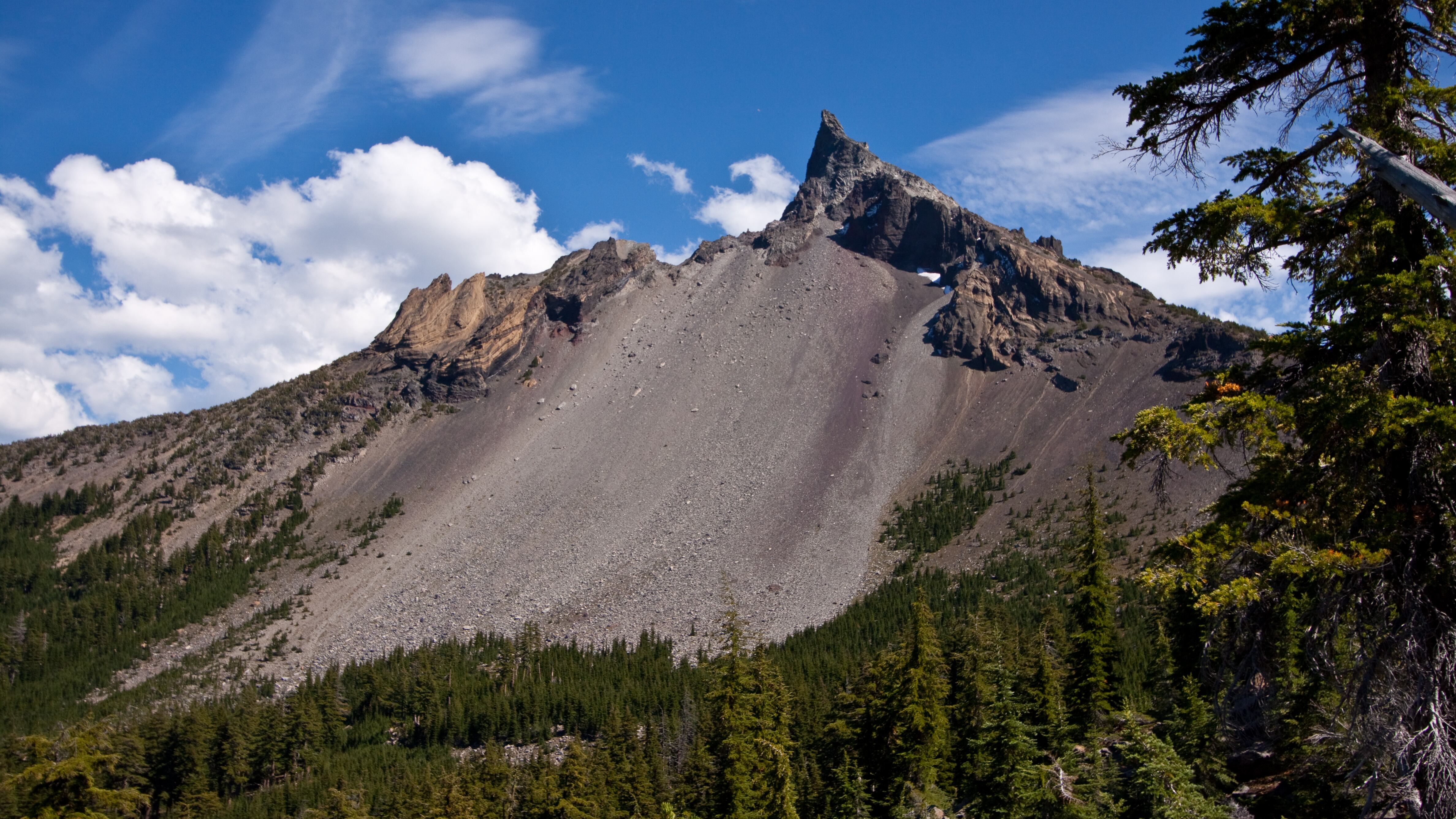As if Oregon’s severe drought conditions—coupled with the hottest temperatures ever recorded here last summer that made Las Vegas look downright comfortable—weren’t evidence enough that climate change is dealing a brutal blow to our environment, there is yet another glaring example: The state’s southernmost glacier has completely melted.
Observers with the Oregon Glaciers Institute noticed that the mass of ice on Mount Thielsen, an extinct volcano approximately 80 miles east of Roseburg in the Cascade Range, had disappeared earlier this year. The News-Review was first to report the news.
At just 0.002 square kilometers, about half the size of a football field, it’s not clear when, exactly, the Lathrop Glacier melted and evaporated. However, scientists suspect the death rattle began during the crushingly hot summer of 2015—at the time, the hottest on record in the Cascades. That, together with climate change, is what likely led to Lathrop’s aggressive retreat.
The Cascades, a mountain range that runs the length of the Pacific Northwest, grew increasingly warmer since the early 1990s. During that 30-year period, the summer average is up between 2 and 3 degrees Fahrenheit. That means snowpacks deplete earlier, which hinders a glacier’s ability to maintain its size since that is linked to both amounts of snowfall and melt.
Now that Lathrop is gone, the title of Oregon’s southernmost glacier goes to Crook Glacier on Broken Top just west of Bend.
Related: Scientists held a “funeral” for a glacier that melted in Central Oregon.
However, the Douglas County ice shield may not be extinct. Portland State University professor Andrew Fountain, who’s spent four decades studying glaciers, says that it’s common for smaller glaciers like Lathrop to disappear and then reemerge at another time—say, during a good snow year.
But overall, the outlook for glaciers in Oregon and Washington is quite bleak. Fountain reports that 15% of the glaciers in the Pacific Northwest have evaporated since the mid-20th century. A study he submitted to the peer-reviewed Journal of Geophysical Research found that glaciers in Washington’s Olympic Mountains will be virtually nonexistent in 30 to 40 years.
Of course, that prediction could still be reversed if climate change is significantly slowed. That’s a critical policy outcome that the future of our glaciers ultimately depends on.
Related: Most of Portland Is Parched. But These 20 Hydro Hogs Are Making It Rain.
